Fabulous Off Balance Sheet Exposure Examples
For example if a French subsidiary is USD functional then euro accounts receivable is a balance sheet exposure but if the French subsidiary is euro functional it is not a balance sheet exposure.
Off balance sheet exposure examples. Also be mindful of balance sheet accounts as they can contain a mix of monetary and non-monetary balances. Off balance sheet refers to those assets and liabilities not appearing on an entitys balance sheet but which nonetheless effectively belong to the enterprise. Although not recorded on the balance sheet they are still assets and liabilities of the company.
So for example a bank might discount the 100000 note of XYZ Corp. Non-fund based exposure is a credit facility which is extended generally by private banks where there is no actual lending involved. One of the most common examples of off balance sheet is operating leases which are not recorded in lessees balance sheet.
The use of off-balance sheet may improve activities earnings ratios because earnings generated from the. In the case of operating leases the asset. Off-Balance Sheet Exposures Since the 1980s off-balance sheet commitments have grown rapidly in major banks among which there are swaps forward rate agreements bankers acceptances revolving underwriting facilities etc.
The usual borrowing-lending appears on the balance-sheet of the banks. Total return swaps are an example of an off-balance sheet item. These items are usually associated with the sharing of risk or they are financing transactions.
They are either a liability or an asset which are not shown on a companys balance sheet as the business is not a legal owner of the respective item. The bank might sell it for 10000010785 9272137. Investments of clients held by an investment company etc.
Off balance sheet items are in contrast to loans debt and equity which do appear on the balance sheet. But there are certain transactions which dont appear on the balance sheet. These are the more traditional off-balance-sheet exposures where a bank hasunderwritten the obligations of a third party and currently stands behind the risk.
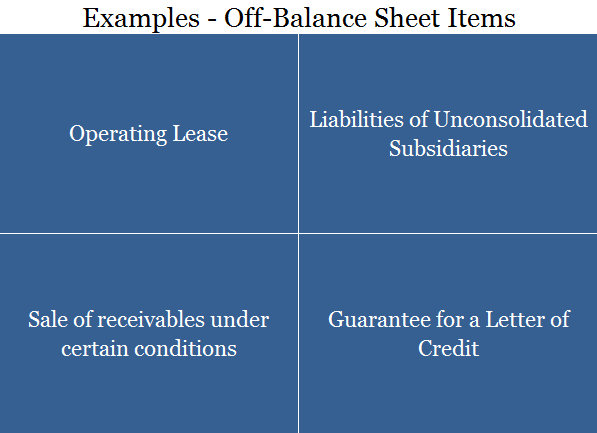
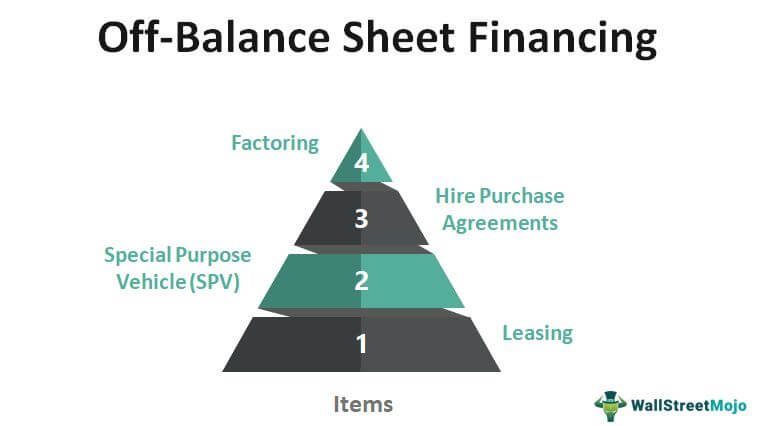

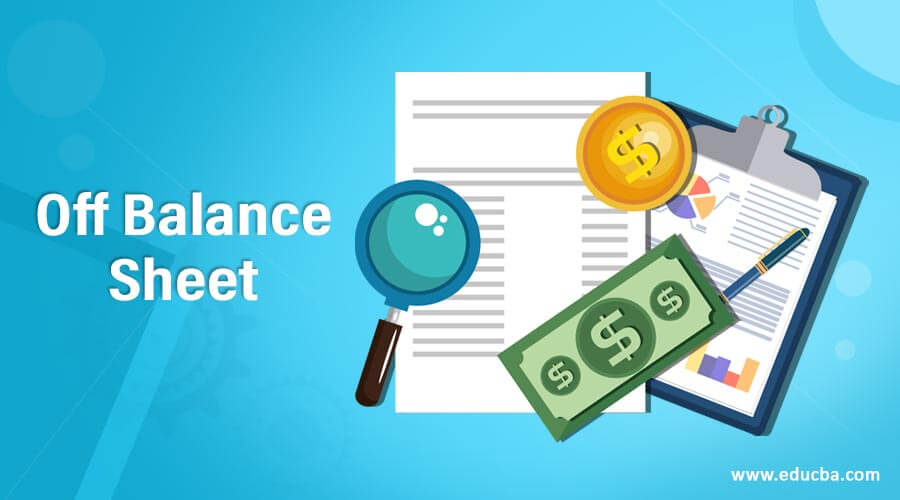
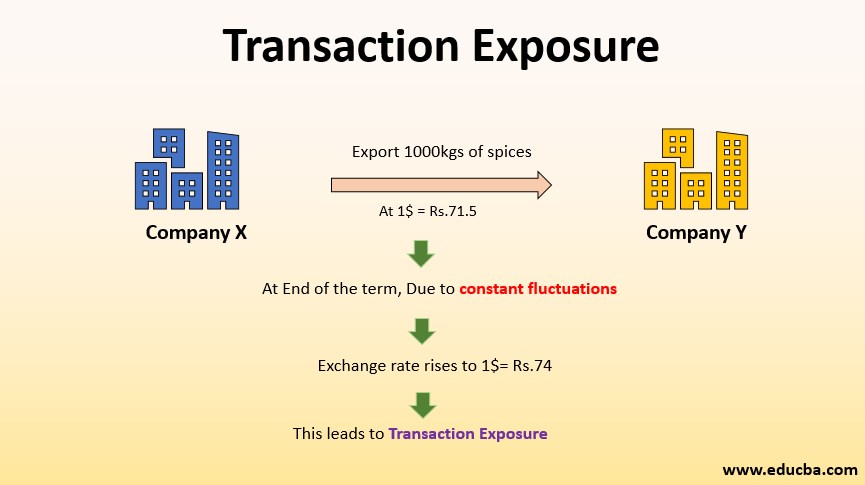





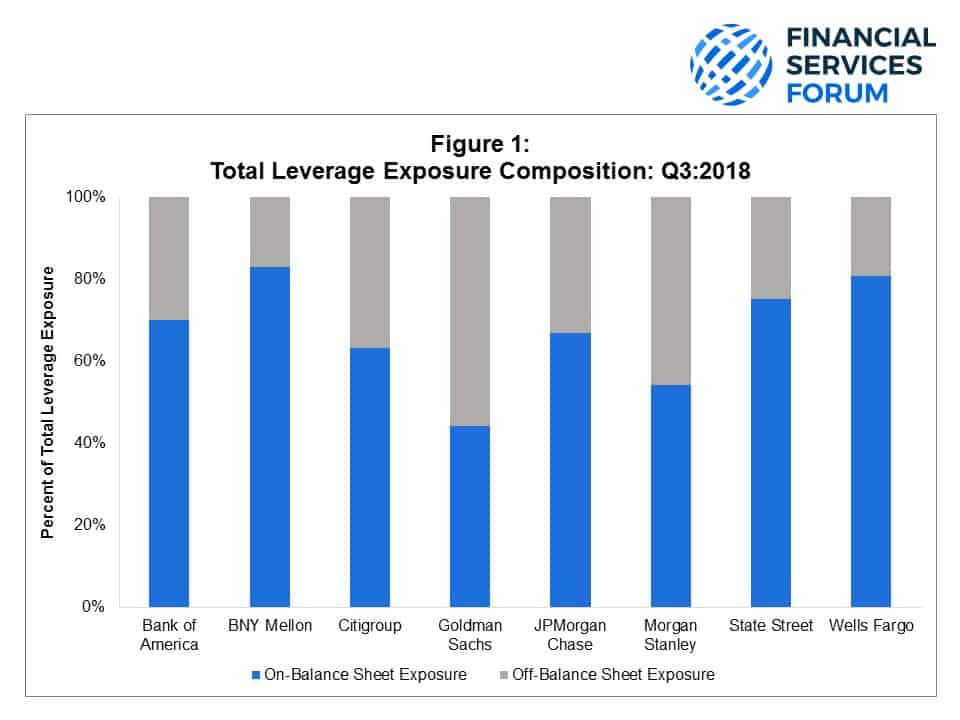

:max_bytes(150000):strip_icc()/GettyImages-172940273-28a7232c2a9149a9a191440b7b8a397c.jpg)